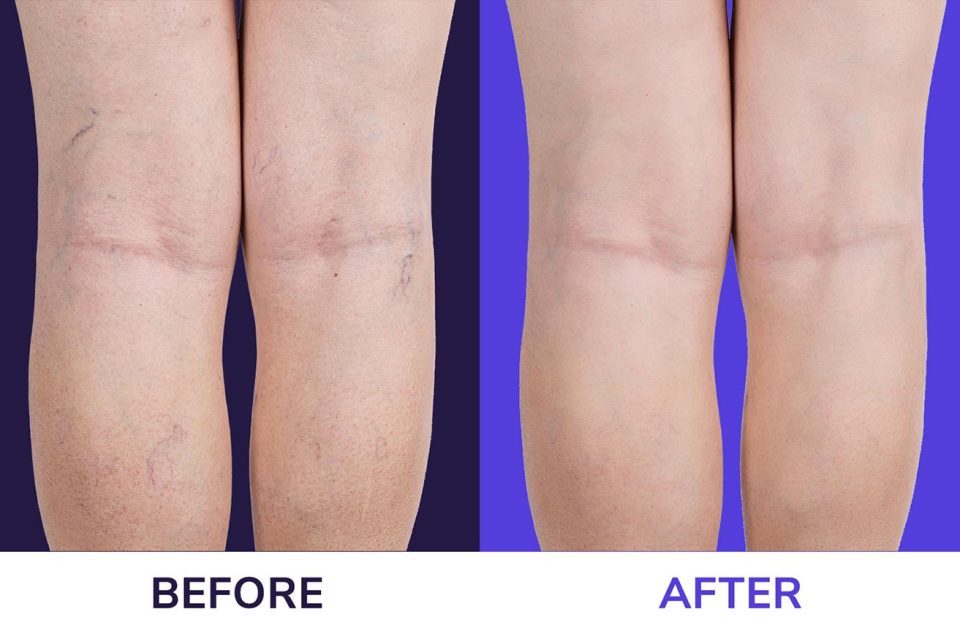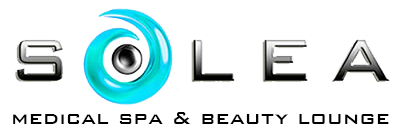First time visitor? Pick $100 towards treatment of your choice in Solea MedSpa or pick the Promo


Whether you’ve just finished your first round of vein injections or are preparing for your appointment, understanding the sclerotherapy aftercare process is essential. While the treatment itself is quick and relatively simple, the healing journey afterward plays a big role in how well your results develop—and how comfortably you recover. This guide walks you through what to expect, what to avoid, and how to support your recovery—step by step.
The First 24–48 Hours: What Happens Post-Treatment?
Immediately following your appointment, your provider may have you rest for a short period in the clinic. This allows them to monitor for any rare reactions to the injected solution. Most people are cleared to drive themselves home and even resume daily activities, but walking—not sitting—is especially encouraged. Light movement helps maintain healthy circulation and can support the body’s natural healing response after a minimally invasive vein treatment.
Compression Stockings: Why They Matter
One of the most common recommendations is to wear compression stockings for several days following your session. These garments help apply consistent pressure to the treated veins, supporting vein closure and helping reduce the risk of swelling. You may be wondering how long to wear compression stockings after sclerotherapy—in most cases, the guidance ranges from 3 to 7 days, but it varies depending on the vein size and your provider’s preferences. If you’ve had prior treatments, bring your stockings to the appointment so they can check if they’re still appropriate.
Understanding Temporary Side Effects
Some minor symptoms are perfectly normal after vein injections. You may experience slight tenderness, raised areas along the injection site, or mild bruising. These reactions typically subside within a few days to weeks. For larger veins, the area might feel firm or lumpy for a bit longer as your body absorbs the treated vessel.
The sclerotherapy healing process isn’t instantaneous. It can take several weeks to see noticeable changes, especially for deeper or more prominent veins. Patience is key, and most providers recommend waiting at least six weeks before evaluating results or considering a follow-up treatment.
Activities to Avoid and Modifications to Make
While you can resume your normal schedule, some temporary changes help support better healing. For instance, it’s best to avoid hot baths, saunas, or jacuzzis for 48 hours. The heat can dilate blood vessels, interfering with the intended effects of the treatment.
Similarly, you’ll want to pause the use of anti-inflammatory medications like ibuprofen or aspirin for a few days. These can interfere with the solution used during the procedure. If you need pain relief, acetaminophen is typically a safer alternative.
Skin Care and Sun Protection Tips
Treat your legs gently in the days following your appointment. Use a mild cleanser when washing the area, and avoid applying lotions or ointments unless specifically approved by your provider. Also, direct sun exposure can worsen skin discoloration after treatment, so it’s recommended to keep treated areas covered or protected with sunscreen for at least two weeks. This precaution is especially important if you’re prone to pigmentation issues or planning treatment during sunnier months.
When Will You See Results?
The timeline varies depending on the size and location of the veins. Smaller spider veins might fade within 3–6 weeks, while larger varicose veins can take several months. Results also depend on the number of sessions—multiple treatments may be necessary for complete improvement.
If you’ve had after spider vein treatment before, you may already be familiar with the waiting period. New clients, however, often find it helpful to set realistic expectations with their provider to avoid unnecessary frustration.
Monitoring Your Recovery at Home
Most people recover smoothly, but there are a few signs worth watching for. If you experience significant swelling in one leg, the formation of ulcers, or red streaks near the groin area, these could indicate a rare complication and should be reported to your provider.
For typical healing, keep track of any lingering discomfort or visible changes. These updates can be helpful during follow-up visits, especially if you’re considering further sessions or combining your treatment with other therapies.
Questions About Insurance and Treatment Costs
It’s important to note that insurance companies often treat this as a cosmetic procedure unless you’re dealing with medically necessary cases. If you’re pursuing treatment due to pain or vein-related complications, your provider might need to submit documentation explaining the medical necessity. Coverage varies widely, so it’s best to verify your benefits beforehand to avoid surprises.
What Happens at the Follow-Up Visit?
Roughly a month or two after your appointment, you’ll likely return for a check-in. During this visit, your provider will assess how your veins responded, discuss any side effects, and determine whether additional injections are needed. This is also a great time to ask questions about future sessions or complementary options like laser therapy or other forms of non-surgical vein care.
Aftercare: Supporting Long-Term Results
Though treated veins rarely reopen, it’s still possible for new varicose or spider veins to form. Lifestyle choices, genetics, and hormonal factors can all play a role in future vein health. To maintain results, some patients pair treatment with regular exercise, weight management, and periodic check-ins with their provider.
If you’re wondering what to do after spider vein treatment long-term, the answer involves a bit of preventive thinking. Staying active, wearing supportive hosiery during long flights or workdays, and staying hydrated can all contribute to healthier circulation.
What to Keep in Mind After Your Treatment
Sclerotherapy is a trusted and effective minimally invasive vein treatment, but what happens after your appointment matters just as much as the procedure itself. Knowing how to support your body’s healing process—from wearing compression garments to avoiding heat and sun exposure—can improve your experience and results. Everyone heals a little differently, so if something feels off or confusing during your varicose vein treatment aftercare, don’t hesitate to reach out to your provider.
Recovery is a journey, and with the right knowledge, it can be a smooth one.
Questions? Get a
-

Solea Medical Spa and Beauty Lounge your first and final destination for all your beauty and medical needs.
305-912-2155
info@soleabeautylounge.com
18140 Collins Ave, Sunny Isles Beach, FL, 33160, United States
- Body Treatments
- Health And Wellness Treatments
- Medical Treatments
- Facial Treatments
